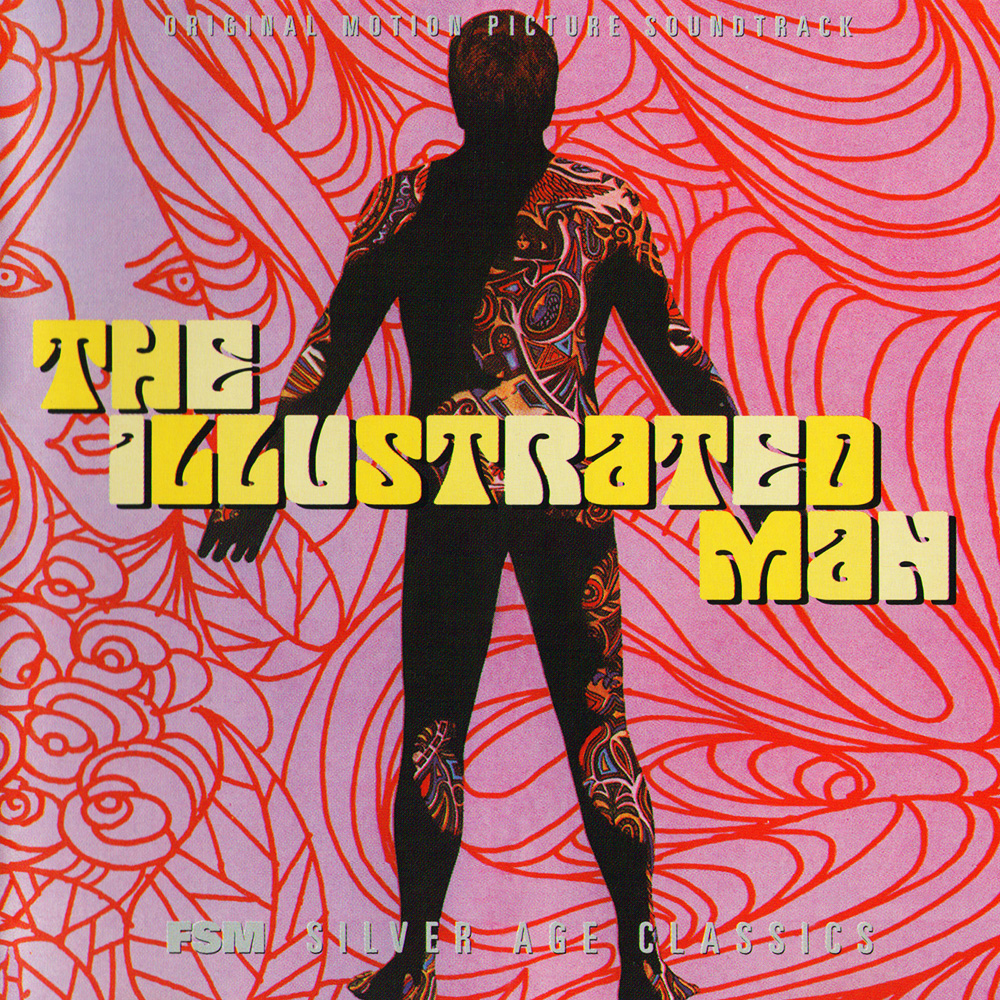 In 1969, the thought of dramatizing the short stories of renowned speculative fiction master Ray Bradbury was still relatively new, and the thought of trying to cohesively film a short story collection was probably daunting in itself. Put the two together, and you have a recipe for a movie that probably won’t meet anyone’s expectations. Despite the talent and star power brought to bear on it, The Illustrated Man is considered a valiant attempt, but still a flop at the box office.
In 1969, the thought of dramatizing the short stories of renowned speculative fiction master Ray Bradbury was still relatively new, and the thought of trying to cohesively film a short story collection was probably daunting in itself. Put the two together, and you have a recipe for a movie that probably won’t meet anyone’s expectations. Despite the talent and star power brought to bear on it, The Illustrated Man is considered a valiant attempt, but still a flop at the box office.
Among that talent was Jerry Goldsmith, who had just shaken up movie audiences the previous year with his paradigm-shifting soundtrack from Planet Of The Apes. Setting a pattern that would continue for much of the rest of his life and career, Goldsmith was now being sought out as a composer who “got” science fiction – and, more importantly, could lend it sonic support that would help the audience “get” it too. His score for The Illustrated Man, essentially four separate but linked scores for the price of one, continued Goldsmith’s streak as a cerebral, forward-thinking composer.
The framing story (involving the Illustrated Man of the title) gets a deceptively pastoral sound, introducing the movie’s only real theme. As the framing story’s characters reveal their true nature, the music grows more uneasy, reaching a disquieting climax as the first story within the story opens. For the sequence based on Bradbury’s “The Veldt”, Goldsmith leans almost entirely on synthesizers for the setting of a futuristic house, anticipating his work on Logan’s Run (which was still seven years away). As this story closes, Goldsmith generates some real shock value by pairing the full orchestra with the synths for the climax.
After a brief segue back to the movie’s framing device, the music for the dramatization of “The Long Rain” presents a more traditional orchestral setting, but a languid, hopeless and droning one, ideal music for saturation.
“The Last Night Of The World” continues the cheerless feel, in a somewhat simpler, plainer vein, at least until Bradbury’s cruel twist ending catches up with the story’s characters. This leads into a flashback and a return to the framing story, which itself has a sting in the tail before the movie (and soundtrack) are over.
 Goldsmith was an ideal composer to pair with the works of the late Ray Bradbury. More intellectual and adventurous than worried about what constituted “proper” music in a classical vein, Goldsmith – with his music – was willing to step outside the same bounds that Bradbury’s words did. It’s a pity that the result on film wasn’t as good as the musical collision of their respective worlds.
Goldsmith was an ideal composer to pair with the works of the late Ray Bradbury. More intellectual and adventurous than worried about what constituted “proper” music in a classical vein, Goldsmith – with his music – was willing to step outside the same bounds that Bradbury’s words did. It’s a pity that the result on film wasn’t as good as the musical collision of their respective worlds.
- Main Title (3:28)
- The House (2:50)
- The Illustrations (2:25)
- Felicia (1:40)
- The Rose (1:55)
- The Lion (0:51)
“The Veldt”
- 21st Century House (1:56)
- Angry Child (1:49)
- Quiet Evening (2:50)
- Skin Illustrations (1:22)
- The Rocket (1:19)
“The Long Rain”
- The Rain (1:34)
- The Sun Dome (1:24)
“The Last Night of the World”
- Almost a Wife (6:05)
- The Morning After (2:00)
- The House Is Gone (3:46)
- Frightened Willie (4:29)
Released by: Film Score Monthly
Release date: 2001
Total running time: 42:02

